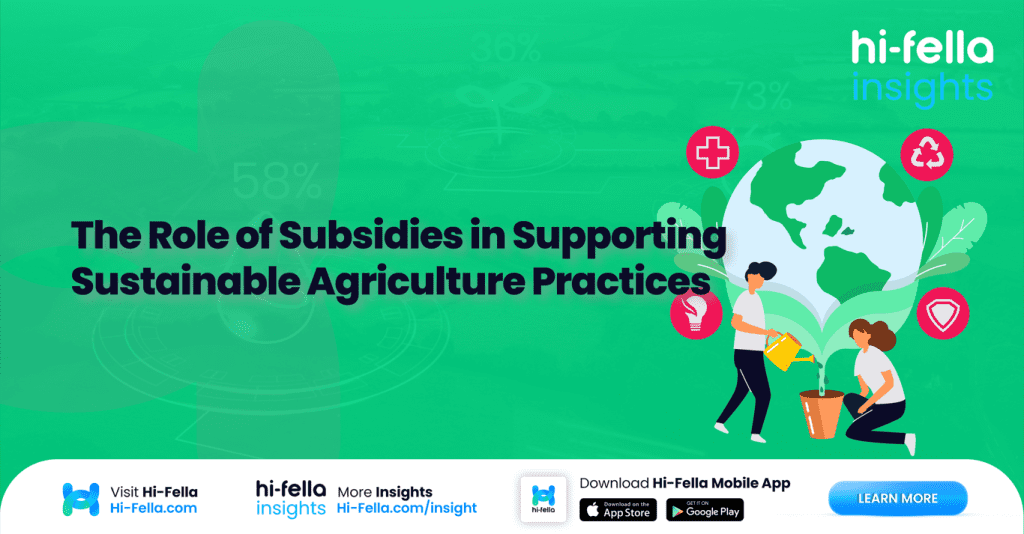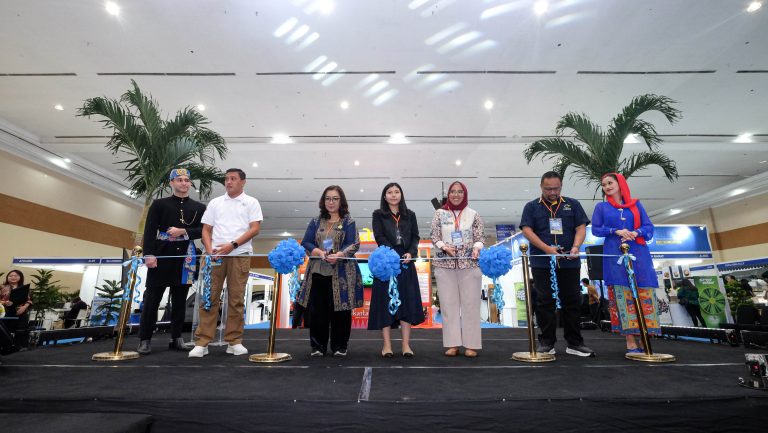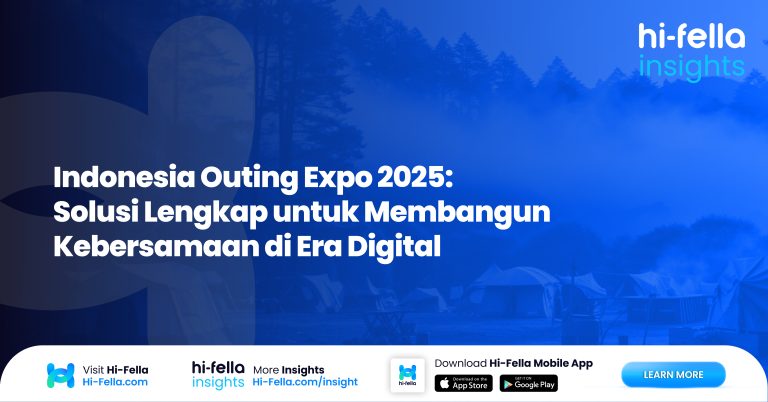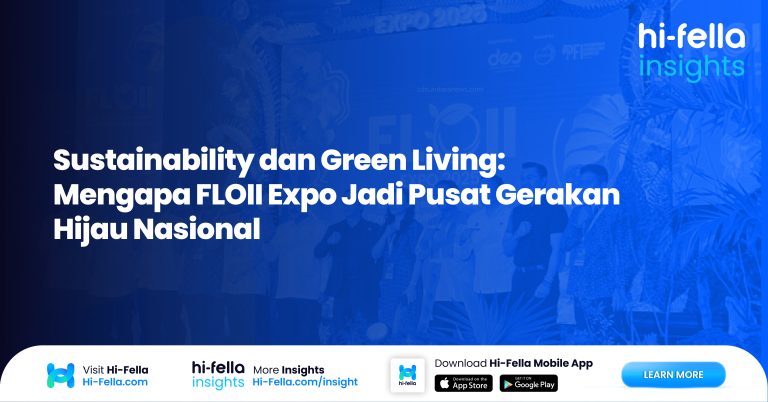Let’s be honest: agriculture has always been a game of margins. Farmers are asked to grow more food, on less land, with fewer emissions, less water, and tighter budgets. So how do we shift agriculture toward sustainability—without making it economically unsustainable for the people who actually grow our food?
One key tool? Subsidies.
When used wisely, subsidies aren’t just handouts—they’re strategic levers that can reshape entire food systems. They can accelerate the transition to sustainable practices, balance out financial risks, and incentivise long-term thinking in an industry that’s often ruled by short-term pressures.
Let’s dig into how, why, and when subsidies can truly support sustainable agriculture—and what this means for farmers, traders, policymakers, and global food markets.
The Old Subsidy Model: Volume over Values
Historically, agricultural subsidies were designed to boost production. Post-war Europe and the US, for instance, handed out massive subsidies to ensure food security and keep rural economies alive. These policies were volume-driven: the more you produced—wheat, corn, soy—the more support you got.
While this approach solved food shortages, it also encouraged overproduction, monocultures, chemical-intensive farming, and soil degradation. Environmental costs were sidelined in favour of economic output.
In today’s world of climate stress, biodiversity loss, and consumer demand for cleaner supply chains, that old model is starting to look outdated. Enter the next generation of subsidies: sustainability-oriented and climate-smart.
What Does a “Sustainable” Subsidy Look Like?
A sustainable agriculture subsidy isn’t just a cheque. It’s a financial mechanism that rewards practices like:
- Crop rotation and agroforestry
- Reduced use of synthetic fertilisers and pesticides
- Organic certification and regenerative farming
- Soil carbon sequestration and conservation tillage
- Efficient irrigation systems
- Renewable energy use in farm operations
These subsidies can take the form of direct payments, tax credits, grants for farm upgrades, access to low-interest green loans, or even carbon market integration.
The underlying principle? Public funds should reward public goods—like cleaner water, richer soil, healthier ecosystems, and reduced emissions.
Why Farmers Need Support to Go Green
Sustainable farming sounds great on paper—but it’s not always easy in practice. Transitioning to new methods involves risk: yields might dip, new equipment costs money, and market access for “eco” crops isn’t guaranteed.
Subsidies provide the financial breathing room for farmers to innovate without going broke. They reduce the cost gap between conventional and sustainable methods, helping farmers future-proof their operations while staying afloat in the present.
And here’s the thing: many sustainable practices do pay off long-term—but only if you can afford to survive the transition period.
Smart Subsidy Design: Incentives, Not Dependencies
Subsidies work best when they’re targeted, time-bound, and tied to outcomes.
Instead of blanket payments for being in agriculture, smart programs reward specific changes—like reducing nitrogen runoff or switching to cover crops. This performance-based approach ensures that public investment is tied to measurable improvements in sustainability.
Governments can also use tiered subsidies—more support for farms that go beyond baseline compliance and adopt ambitious practices. This creates a ladder effect: the more sustainable you become, the more support you unlock.
The goal isn’t permanent dependency—it’s catalysis. Subsidies should help farmers build self-sustaining, profitable green operations that don’t rely forever on government aid.
Global Case Studies: What’s Working
Let’s look at some real-world models where subsidies are making sustainability economically viable:
European Union – Common Agricultural Policy (CAP)
The EU’s CAP now channels a significant portion of its budget into “eco-schemes” that support biodiversity, soil health, and carbon reduction. Farmers who meet environmental benchmarks get additional payments—aligning income support with sustainability.
India – Solar Pump Subsidies
To tackle water and energy waste, India subsidised solar-powered irrigation pumps for smallholders. This cut electricity costs, reduced groundwater depletion, and boosted farm profitability—while supporting climate goals.
Costa Rica – Payment for Environmental Services (PES)
Farmers and landowners receive payments for maintaining forest cover, improving watershed protection, and enhancing biodiversity. It’s a model where nature protection is the business model—and it’s largely funded through a tax on fossil fuels.
United States – EQIP and CSP
The USDA’s Environmental Quality Incentives Program (EQIP) and Conservation Stewardship Program (CSP) provide grants and technical assistance for farmers adopting climate-smart practices like rotational grazing, no-till, and pollinator habitat restoration.
These examples show the range of subsidy designs—and the importance of tailoring programs to local climate, crops, and community dynamics.
Market Signals and the Role of Trade
Subsidies don’t exist in a vacuum—they influence and are influenced by international trade. If one country heavily subsidises sustainable farming, it can change pricing and competitiveness across borders.
That’s why transparent, WTO-compliant subsidy structures matter. And it’s also why export-import platforms have a role to play. They help farmers and suppliers reach international markets where sustainable products can command better prices. The more accessible these platforms are, the more value sustainable subsidies unlock.
Additionally, private-sector demand for sustainable sourcing—from supermarket chains to multinational food companies—means subsidies should be paired with clear certification systems that are recognised across global supply chains.
The Private Sector’s Role in Scaling Subsidy Impact
Governments don’t have to shoulder this alone. Banks, agritech startups, carbon offset platforms, and buyers can co-create financing schemes that amplify public subsidies.
For example, a food supplier might use government subsidies to reduce input costs and combine it with carbon credits earned through regenerative farming. That creates layered revenue streams and builds economic resilience.
There’s also growing interest in public-private risk sharing—where government grants de-risk private investment in sustainable infrastructure. That way, everyone has skin in the game, and the upside is shared.
Time to Rethink Agricultural Investment
Subsidies shouldn’t just be seen as a cost. When done right, they’re an investment—in climate stability, food security, and rural livelihoods. They reduce long-term public spending by preventing ecological collapse, health crises, and food shortages.
They also unlock innovation. When farmers have capital to try new systems—whether it’s drone-based crop monitoring or switching to bio-fertilisers—the whole sector moves forward.
Subsidies don’t replace markets, but they can correct market failures. And right now, the biggest failure is that the most sustainable practices are often the hardest to afford. That’s what subsidies are here to fix.
Ready to Take the Next Step?
Whether you’re a producer seeking government support, a supplier building a green value chain, or a buyer looking for sustainable-certified exports—this conversation doesn’t end at policy.
It moves into platforms, partnerships, and real-time trade opportunities. That’s where hi-fella comes in.
hi-fella isn’t just an export-import marketplace—it’s a smart, forward-thinking partner for food systems navigating sustainability. With exhibition opportunities, global trade matchmaking, and export solutions tailored to green products, hi-fella helps you connect the dots between subsidy support and international growth.
Want to move sustainability from subsidy to success? Let’s build it with hi-fella.








